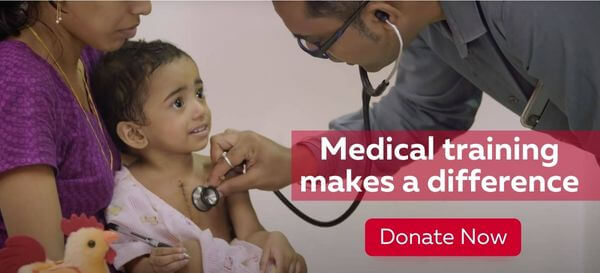Published May 3, 2023
Written by Barry Jass, Senior Director of Program Operations at Children’s HeartLink
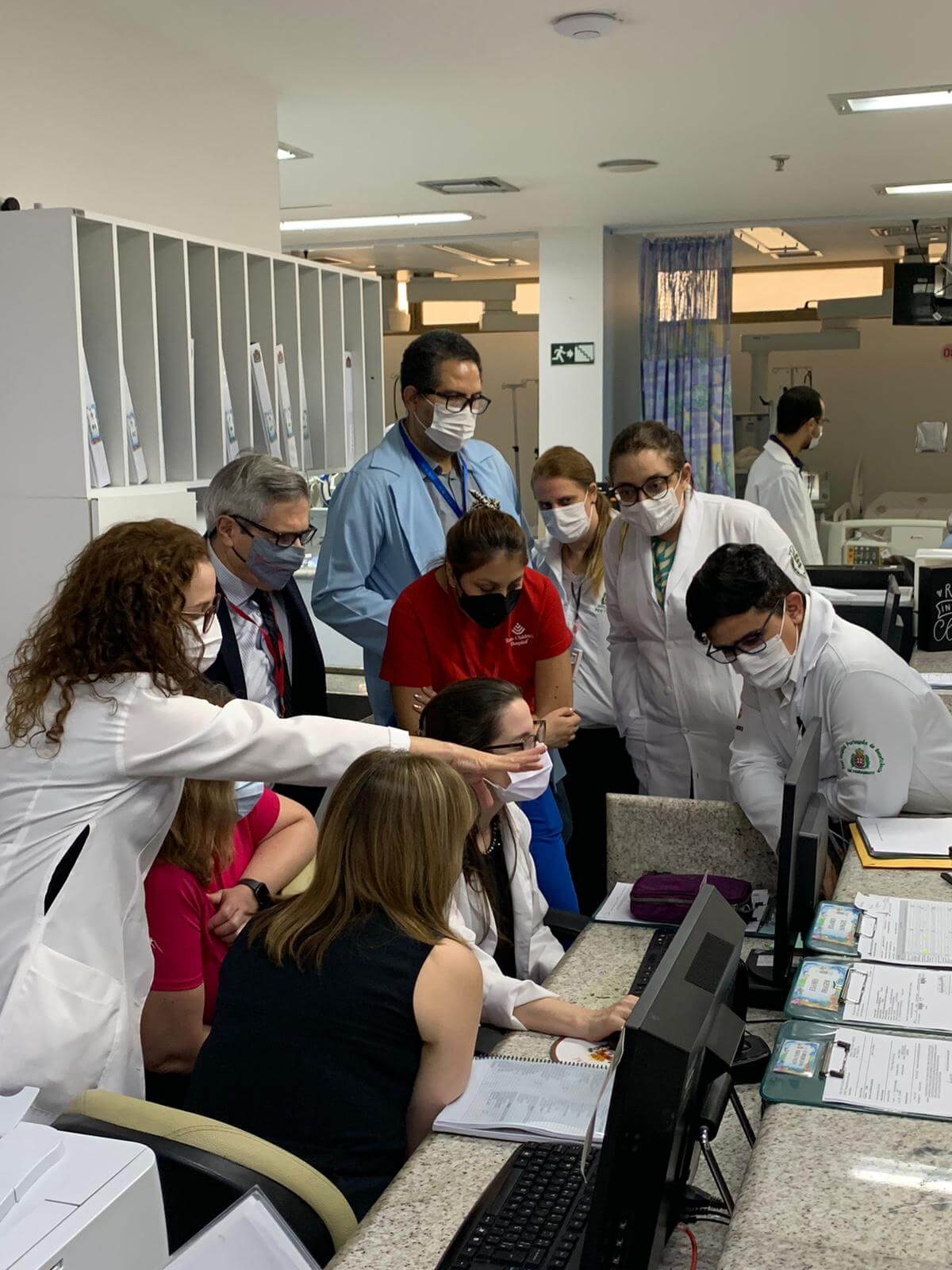
The first meeting of a partner hospital and their medical volunteer team is crucial for developing prolific training relationships that support children born with heart disease. You can’t quite show the energy and excitement of this kind of meeting in a photo, but I’ll try to explain.
I recently traveled to Brazil on a Children’s HeartLink training visit. It was a visit of firsts: my first time traveling on a training visit and the first training visit between Texas Children’s Hospital and Real Hospital Português (RHP) in Recife.
I joined the Children’s HeartLink team in 2023 after externing with them as part of a Medtronic Foundation grant. This gave me a first-hand glimpse into their sustainable model and how partners work together to upskill and provide children with the best possible care.
Laying the foundation of a successful partnership
The first meeting of this new partnership was fantastic. I was overwhelmed witnessing the potential for impact. Eager RHP nurses pulled aside a Texas Children’s ICU nurse to ask questions, and I saw instant collaboration when an RHP surgeon called a Texas Children’s surgeon to join them at the operating table to consult on a case. On another occasion, I watched the Texas Children’s anesthesiologist side by side with his RHP colleague, writing notes to aid in application. Beyond their roles as health care providers, the teams shared meals and got to know one another as people.
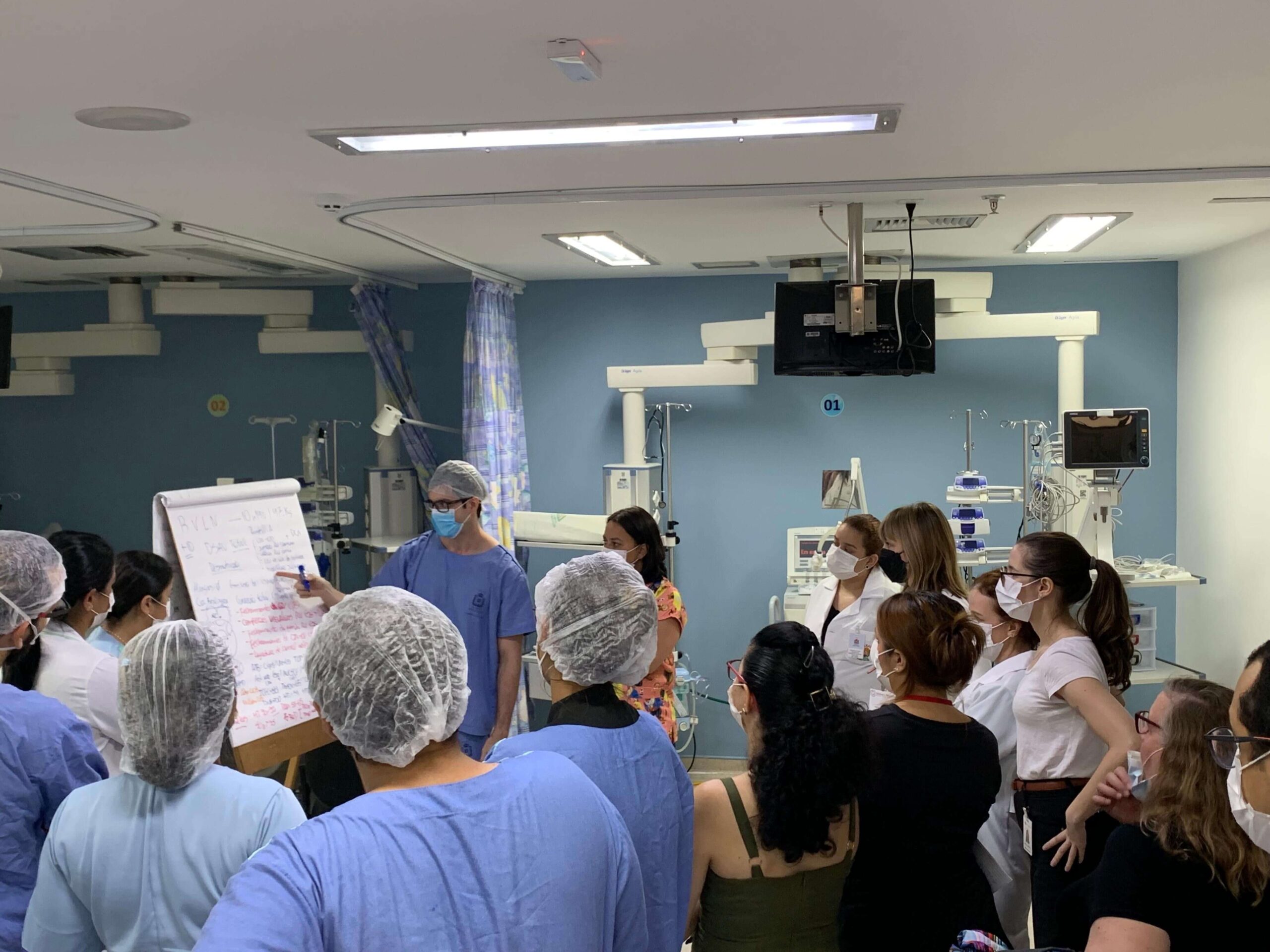
This enthusiasm and energy to lean on one another felt natural. There was a desire, from both parties, to be vulnerable, collaborative and adaptable as they formed the foundation of a Children’s HeartLink partnership built to last for many years.
The goal of the Children’s HeartLink partnership is to expand RHP’s already strong pediatric cardiac care abilities, so they can help more children with heart disease.
For this to be successful, it’s critical for the medical professionals in training environments like this to form a connection right away, so they’re comfortable learning from and teaching one another; that is what leads to the best outcomes for patients.

Watching these two teams together showed me this wasn’t simply some arrangement, but a true partnership where both parties were engaged, ready to lean on one another and there to help the children.
What expanding pediatric heart care looks like for the northeast region of Brazil
Through my work with Children’s HeartLink, I’ve learned that 1 in every 100 children is born with congenital heart disease (CHD) worldwide, and only 1 in 10 has access to heart care. Because of this, children are dying preventable deaths.
In Brazil, there are an estimated 675,000 children waiting for heart care and large disparities in care in different regions of the country. Where we visited Recife in the northeast region of Brazil – an area with a population of 57 million – many families from rural areas often travel long distances for care.
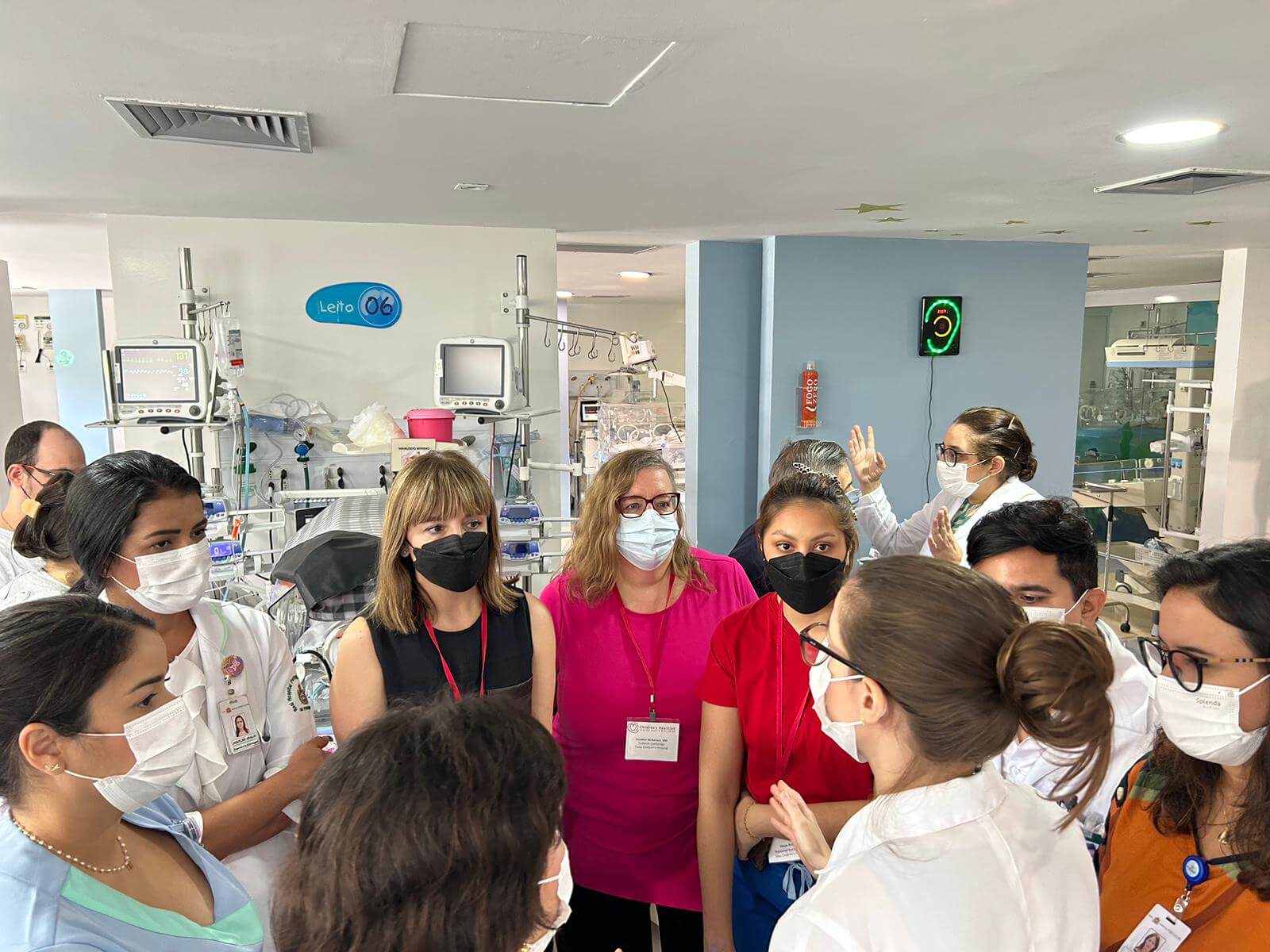
RHP’s pediatric cardiac unit currently performs 200 surgeries per year, and the need for more remains high. This small institution’s potential and openness to grow is part of why we named them as our fourth partner hospital in Brazil and our 19th worldwide.
It is clear from seeing the RHP team at work that they are driven to offer the best cardiac care possible to as many children as possible. This partnership with Children’s HeartLink and Texas Children’s Hospital offers them assistance in expanding their reach.
When the Texas Children’s team toured the facility, including an operating room, catheterization labs, the intensive care unit (ICU) and pediatric cardiac units, they listened intently as the RHP team shared current patient cases and discussed limitations faced by their cardiac care team.
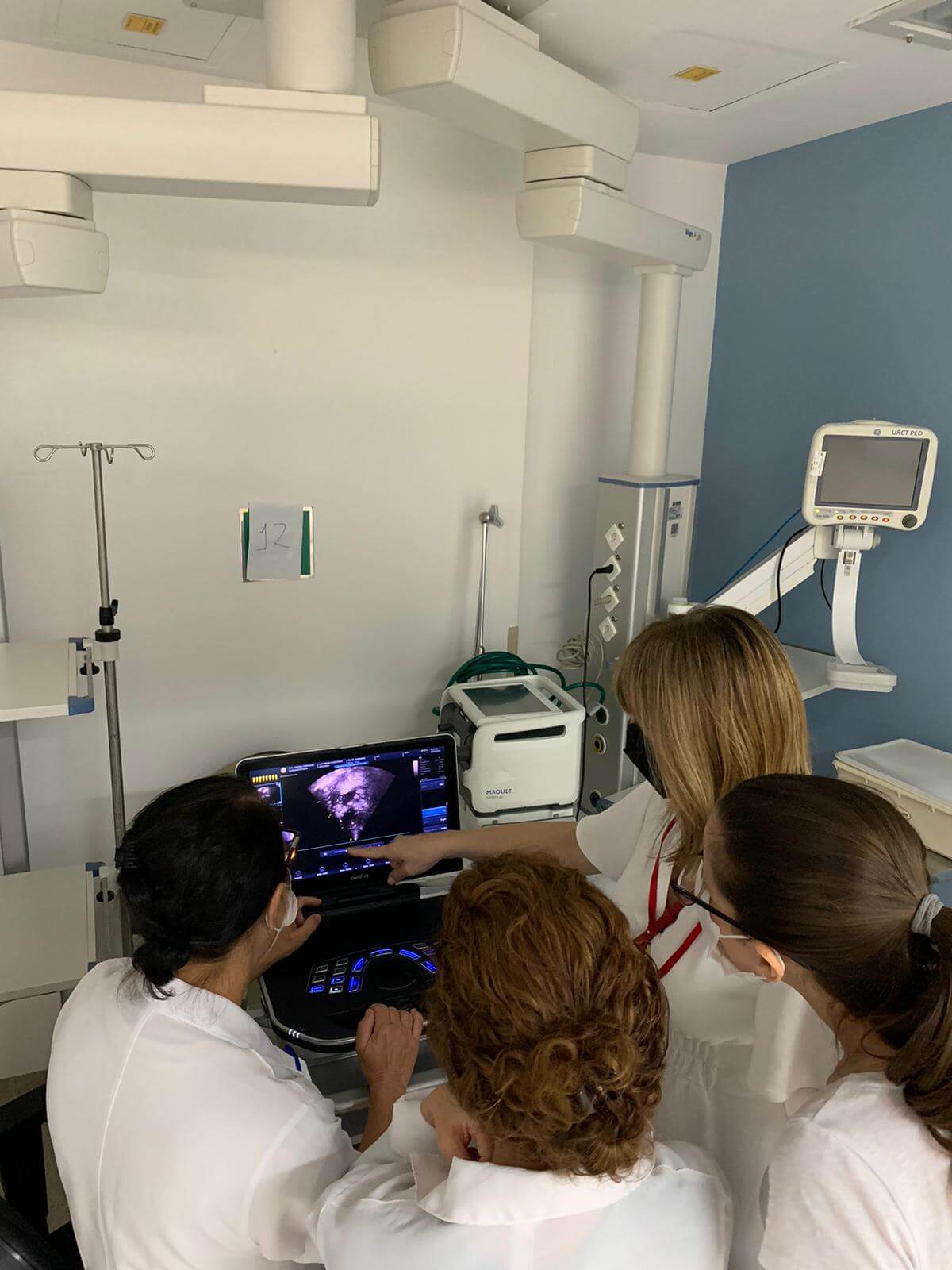
Going forward, the two teams will work to strengthen RHP’s pediatric cardiac program by increasing clinical capacity, advancing diagnostic and surgical techniques and decreasing post-operative infections and mortality. They’ll strive towards better surgical outcomes and reduced patient ICU stays to create space for more children to receive lifesaving care. In addition, they will work to improve the referral networks in the region, so more patients can receive timely and appropriate care.
How Children’s HeartLink partnerships help transform pediatric heart care worldwide
RHP already exhibited a strong foundation of clinical abilities to build from before we partnered with them. That’s a must for becoming a Children’s HeartLink partner hospital. Their surgical volume and commitment to grow showed they could one day become a Children’s HeartLink Center of Excellence. What they need from this partnership is less about skill sharing (although that is part of it) and more about a bigger picture. Children’s HeartLink serves as a bridge between a medical volunteer team and a local hospital to help expand heart care to CHD patients in underserved regions. That’s the glue that a partnership with Children’s HeartLink provides.
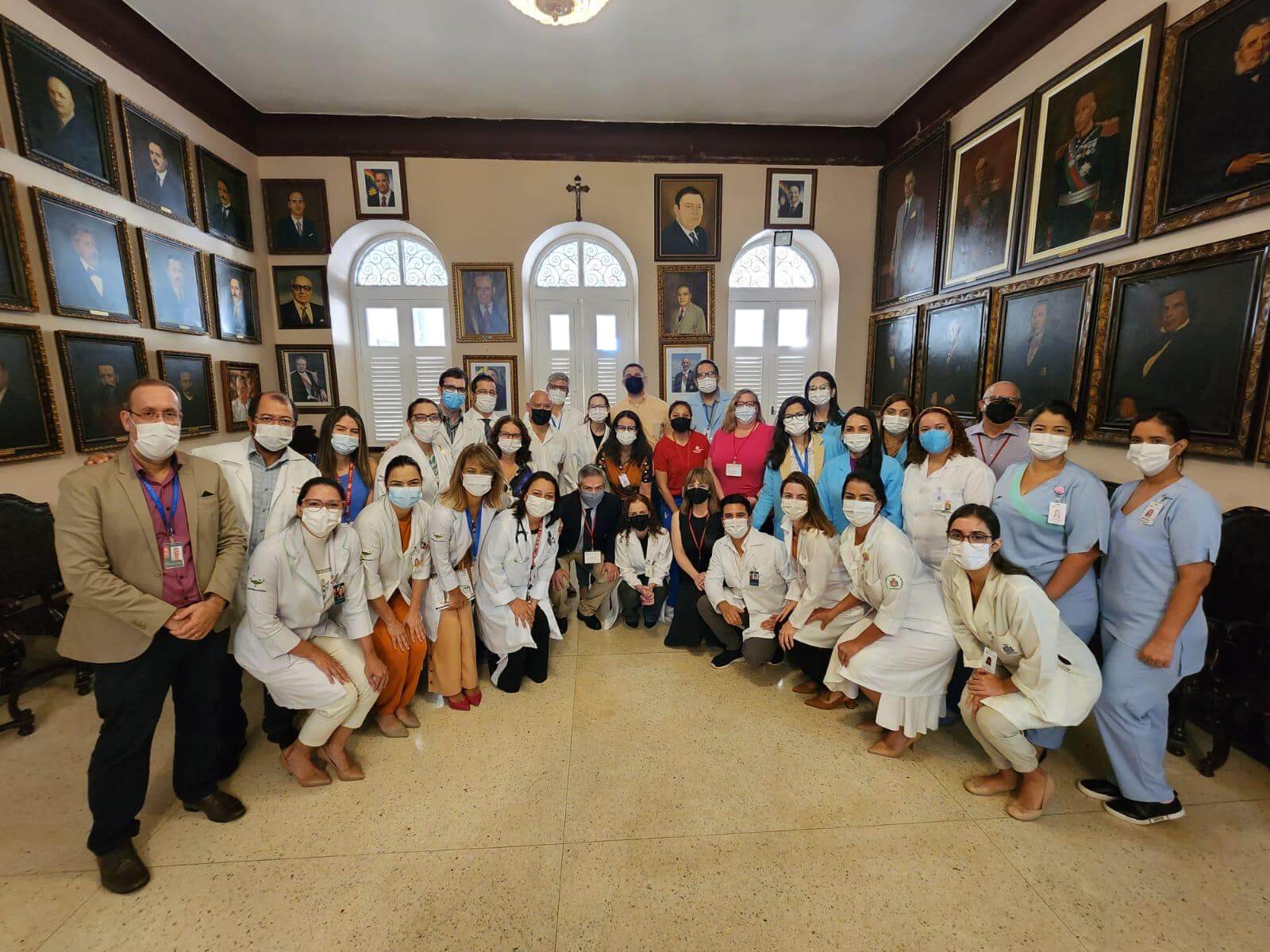
We offer partner hospitals an opportunity to work with world-renowned teaching and research institutions (our medical volunteers from the U.S., U.K. and Canada) to improve care and outcomes for their pediatric cardiac units. Pediatric cardiac care is a highly specialized field, and these types of international collaborations we help build are rare. If it wasn’t for Children’s HeartLink, these opportunities wouldn’t exist.
After witnessing a wonderful first meeting between Texas Children’s and RHP, I look forward to this relationship growing. This visit deepened my understanding of what makes Children’s HeartLink important to partner hospitals like RHP. The enthusiasm to become a partner hospital is everywhere, because partnering with us means partnering with a network of dedicated healthcare professionals whose efforts improve care and outcomes for children with congenital heart disease.

